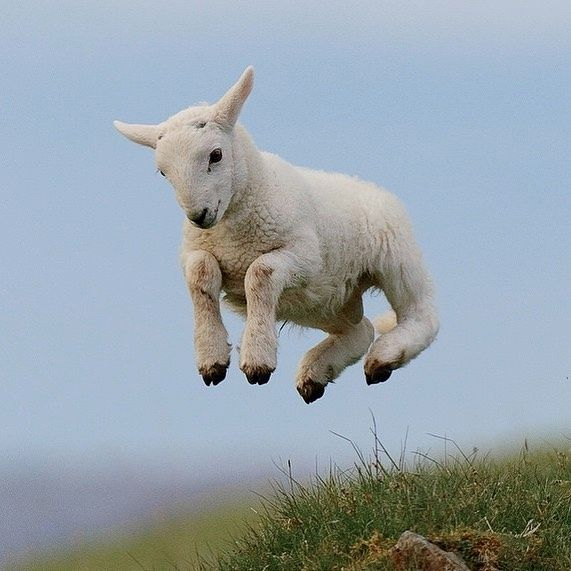Wool is the original eco fibre
Posted by Bookster on 11th Feb 2022

Wool has long been accepted as an environmentally positive fibre choice with a number of benefits, such as being 100% natural, renewable and biodegradable. Not to mention that it is thermo-regulating, easy to care for, and can be repaired and enjoyed for years and years.
Increased consumer anxiety over climate change and a desire for complete transparency has challenged every brand to rethink their approach to business and best practice. This includes their material choices - the fibres selected to create products, and how these materials are produced.
Wool is the original eco fibre
100% Natural, renewable and biodegradable
No other fibre, natural or man-made, can match all of wool’s naturally inherent benefits.
Less energy and water than other fibres
Wool uses 18% less energy than polyester and nearly 70% less water than cotton to produce 100 sweaters.
No microplastics, unlike synthetics
Wool is 100% biodegradable so does not contribute to microplastic pollution in our oceans or on our land.
Currently cotton and synthetic fibres are the most widely used and produced fibres globally. And yet they do not share the same performance, repairability and environmental credentials as wool. From the raw material stage on a farm to driving the adoption of cleaner wool processes and technologies, wool offers the opportunity to create high quality, durable, comfortable and beautiful products that have been created with the land and biodiversity at centre stage.
Wool is part of the natural carbon cycle
Many textiles and fibres are made from carbon-based products, but only some, such as wool, are made from renewable atmospheric carbon. When disposed of, wool acts like a fertiliser by slowly releasing valuable nutrients and carbon back into the soil.
y comparison, the carbon in major synthetic apparel fibres, such as polyester or acrylic, is extracted from fossil fuels, de-sequestering carbon stored millions of years ago.
But even at the beginning wool can play a role in sequestering, or storing, carbon, through the use of regenerative farming practices.
The Woolmark Company is constantly assessing how the wool industry can reduce its carbon footprint.
Wool and greenhouse gas
There are many ways the wool industry is working to manage and reduce GHGs. In Australia, where more than 90% of the world’s fine apparel wool is produced, significant research is under way to better understand and mitigate methane. At the farm level, emissions can be offset by changing pasture species, improving soil management to increase carbon storage, and via tree planting.
Courtesy of Woolmark

Lovat Mill is our largest supplier of wool tweed and they operate strict measures for sustainablility. Their Teviot range of Light to Medium weight Tweeds are perfect to suit both classic styling and modern trends for jackets and suits. Take advantage of our 10% spring discount on custom tailoring. As a B category cloth, you can order your own Custom Tweed Jacket, in your specific sizing, for as little as £513 including Vat For EU countries import tax is included. Only £428 Less Vat for USA and Rest of World.
10% OFF CUSTOM TAILORING UNTIL END OF FEBRUARY
 British Pounds
British Pounds
 US Dollar
US Dollar

